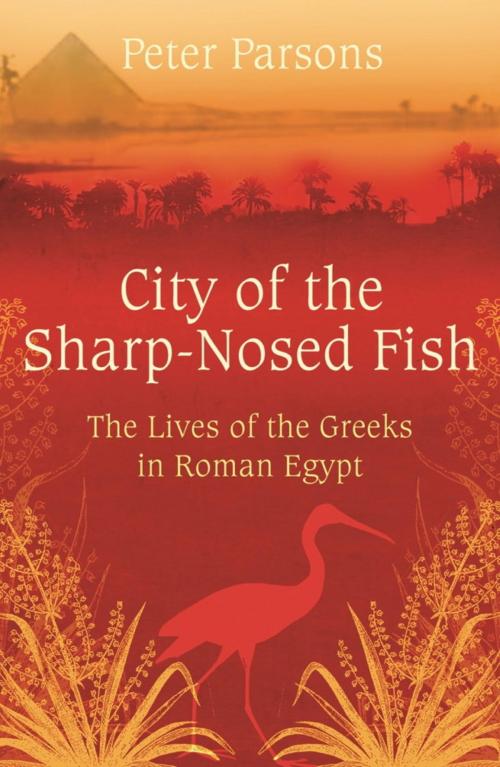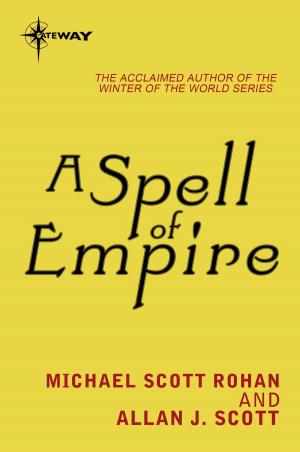| Author: | Peter Parsons | ISBN: | 9781780225302 |
| Publisher: | Orion Publishing Group | Publication: | October 18, 2012 |
| Imprint: | Weidenfeld & Nicolson | Language: | English |
| Author: | Peter Parsons |
| ISBN: | 9781780225302 |
| Publisher: | Orion Publishing Group |
| Publication: | October 18, 2012 |
| Imprint: | Weidenfeld & Nicolson |
| Language: | English |
How an ancient rubbish dump has given us a unique view of life 2,000 years ago
In 1897 two Oxford archaeologists began digging a mound south of Cairo. Ten years later, they had uncovered 500,000 fragments of papyri. Shipped back to Oxford, the meticulous and scholarly work of deciphering these fragments began. It is still going on today. As well as Christian writings from totally unknown gospels and Greek poems not seen by human eyes since the fall of Rome, there are tax returns, petitions, private letters, sales documents, leases, wills and shopping lists.
What they found was the entire life of a flourishing market-town - Oxyrhynchos ( the `city of the sharp-nosed fish' ), - encapsulated in its waste paper. The total lack of rain in this part of Egypt had preserved the papyrus beneath the sand, as nowhere else in the Roman Empire. We hear the voices of barbers, bee-keepers and boat-makers, dyers and donkey-drivers, weavers and wine-merchants, set against the great events of late antiquity: the rise and fall of the Roman Empire and the coming of Christianity.
The result is an extraordinary and unique picture of everyday life in the Nile Valley between Alexander the Great in 300 BC and the Arab conquest a thousand years later.
How an ancient rubbish dump has given us a unique view of life 2,000 years ago
In 1897 two Oxford archaeologists began digging a mound south of Cairo. Ten years later, they had uncovered 500,000 fragments of papyri. Shipped back to Oxford, the meticulous and scholarly work of deciphering these fragments began. It is still going on today. As well as Christian writings from totally unknown gospels and Greek poems not seen by human eyes since the fall of Rome, there are tax returns, petitions, private letters, sales documents, leases, wills and shopping lists.
What they found was the entire life of a flourishing market-town - Oxyrhynchos ( the `city of the sharp-nosed fish' ), - encapsulated in its waste paper. The total lack of rain in this part of Egypt had preserved the papyrus beneath the sand, as nowhere else in the Roman Empire. We hear the voices of barbers, bee-keepers and boat-makers, dyers and donkey-drivers, weavers and wine-merchants, set against the great events of late antiquity: the rise and fall of the Roman Empire and the coming of Christianity.
The result is an extraordinary and unique picture of everyday life in the Nile Valley between Alexander the Great in 300 BC and the Arab conquest a thousand years later.















